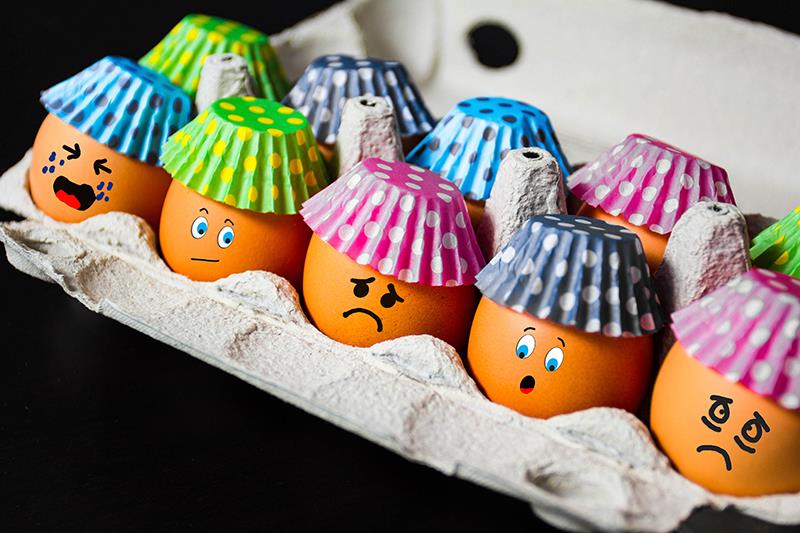Kids with alopecia areata receptive to current treatments





A retrospective review of medical records show that paediatric patients with alopecia areata (AA) in Singapore respond well to currently available treatments.
The review included 182 children with AA with a disease duration of ≤3 months (mean age 13 years, mean duration to presentation 1.8 months). They were seen at the National Skin Centre, Singapore between 2013 and 2017. Over half (51.1 percent) of participants presented with a single patch, 14.3 percent had ≥4 patches, while 6.6 percent had other body areas involved (ie, eyebrow, eyelash, beard).
Over 40 percent of patients received topical treatments, 68.7 percent had intralesional steroid injections (ILK), and 13.7 percent had combination regimens. [Singapore Med J 2024;65:360-363]
The most commonly prescribed topical treatment was betamethasone 0.1% scalp lotion (61.3 percent), followed by mometasone 0.1% lotion (21.3 percent), clobetasol 0.05% scalp lotion (17.5 percent), and topical minoxidil (11.3 percent). The least common were desonide lotion (6.3 percent), topical calcineurin inhibitors (2.5 percent), and hydrocortisone cream (1.3 percent).
Among ILK-treated patients, 39 percent received 1–3 shots before their AA patch resolved. Post treatment complications were few, with only two having scalp abscesses and nine reporting skin atrophy. The atrophy cases resolved completely following treatment cessation. ILK‑related side effects were more likely (odds ratio [OR], 1.17; p=0.033), but the odds of AA resolution within 6 months was lower in this subgroup (adjusted OR, 0.71; p=0.002).
Topical immunotherapy
Seven patients received diphenylcyclopropenone immunotherapy (DCP). “These patients presented with either extensive scalp involvement or alopecia totalis/universalis,” said the researchers. Of note, they all received a combination of topicals, ILK, or oral corticosteroids prior to DCP initiation, but they had poor responses.
Nonetheless, all experienced improvement, with one achieving complete hair regrowth with no recurrence.
Studies have shown improvement with DCP, with rates ranging between 33 and 84 percent. [Arch Dermatol 2012;148:1084‑1085; Br J Dermatol 1996;135:581‑585] “These patients should thus be followed for a long duration to determine the chronicity of disease and full efficacy of topical immunotherapy,” the researchers said.
Almost all showed improvement
Overall, all but six patients showed improvement. Nearly 60 percent had resolution of their AA during their last review, while 40.7 percent had documented improvement.
According to the researchers, the six patients with minimal/no improvement had multiple patches or a large scalp surface area of involvement on initial presentation. This aligned with evidence underlining extensive disease (>50-percent scalp involvement, alopecia totalis/universalis, ophiasis) and being refractory to topical or localized therapy as risk factors for poorer prognosis.
The three DCP recipients with alopecia totalis/universalis showed 10–40 percent improvement in the scalp surface area.
Participants who presented with multiple AA patches or diffuse hair loss were less likely to experience improvement (adjusted OR, 0.95; p=0.027). Patients using topicals were less likely to have AA resolution within 6 months (adjusted OR, 0.23; p=0.003).
Tailored treatment warranted
“The variable course of AA, coupled with the multiple treatment modalities available, emphasizes the need for individualized treatment in accordance with patient or parental preferences,” said the researchers. “Care must be taken to address the various psychosocial aspects of the disease in young patients.”
Treatment options for paediatric patients with AA must be tailored according to their needs and in view of issues such as fear of injections and/or pain, and steroid phobia. [Can Fam Physician 2020;66:499‑501] “Patients are usually hesitant to receive topical and localized corticosteroid injections owing to an exaggerated fear of risks or side effects,” the researchers said.
Novel therapeutic options for AA include Janus kinase (JAK) inhibitors (eg, tofacitinib, ruxolitinib), PDE-4 inhibitors (eg, apremilast), and platelet‑rich plasma. Cytokine‑targeted therapies are also being explored (eg, ustekinumab, dupilumab). Other treatment alternatives include new JAK inhibitors (eg, ritlecitinib, baricitinib) and CTLA-4 fusion proteins (eg, abatacept). [Drugs 2020;80:635‑646; J Am Acad Dermatol 2021;84:841‑844]
Limitations
A limited disease duration was chosen for the study owing to reports suggesting that regrowth of each untreated AA patch starts after 3 months, and spontaneous resolution is feasible within a year. [Nat Rev Dis Primers 2017;3:17011; Br J Dermatol 2003;149:692‑699] However, this could have led to exclusion of patients with more severe disease which, according to the researchers, may have led to selection bias.
“[Also,] as none of our patients were conservatively treated, our review was unable to account for the possibility of spontaneous regrowth in AA,” the researchers said. Prospective trials with larger cohorts and longer follow-ups are thus warranted.